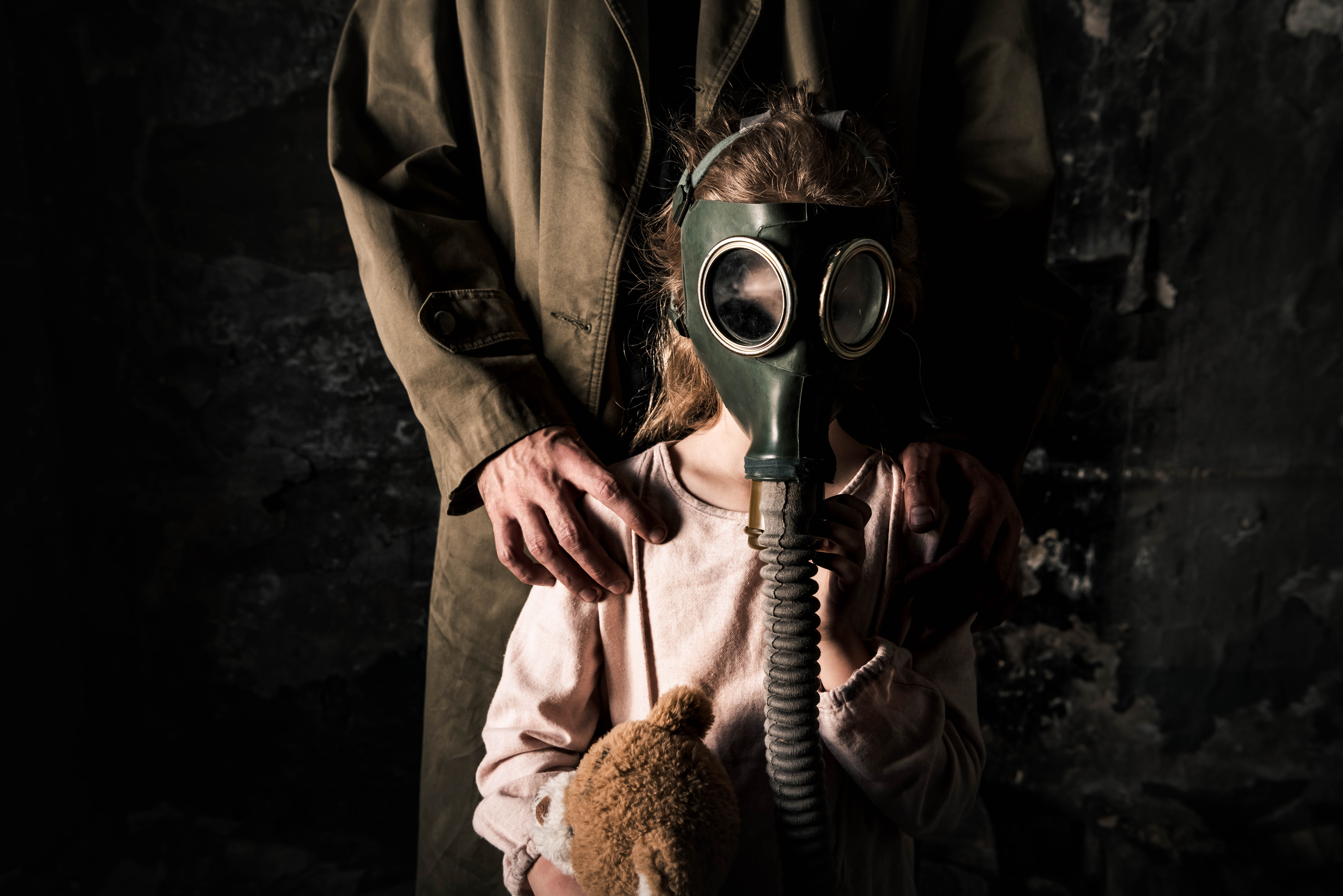When it comes to nuclear disasters—whether they stem from hostile attacks or catastrophic power plant failures—it’s easy to become overwhelmed by doom-laden media coverage. Threats from foreign adversaries, potential accidents at nuclear facilities, and the lingering specter of an EMP all combine to keep tensions high. While these threats may not materialize tomorrow, preparing now offers peace of mind and a fighting chance.
This article explores what a nuclear strike on the United States might look like, including likely targets, how blast zones and fallout zones are formed, and where safer areas might be found. We’ll also discuss long-term strategies for survival—like relocating to more rural regions—as well as immediate actions you can take when you see that ominous flash on the horizon. I’ll refer only briefly to some points in my earlier articles on EMPs and nuclear disasters, but this piece is crafted to stand on its own as a practical guide for anyone wanting to bolster their readiness.
Whether your plan is to shelter in place or head for the hills, knowledge is power. Because if the worst happens, you’ll want every advantage you can get. Let’s dig into the specifics of how an enemy might target our nation, how radiation spreads, and what you can do right now to prepare for yourself and your family.
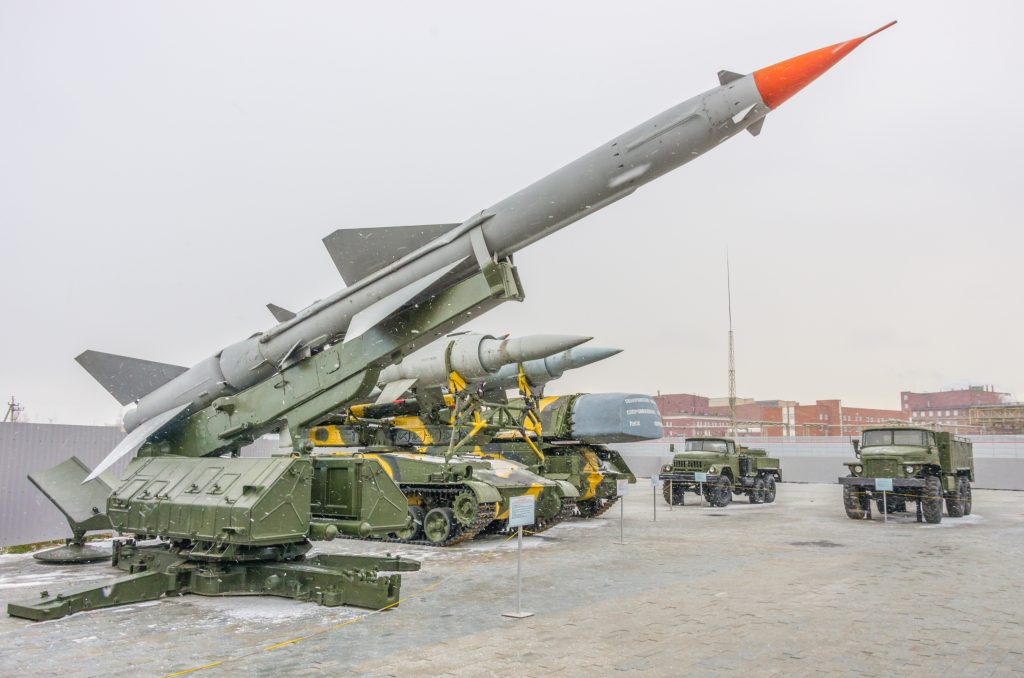
Understanding Nuclear Threats in the Modern Era
Lessons from Past Nuclear Discussions
The United States has experienced the destructive power of nuclear weapons only once in warfare—Hiroshima and Nagasaki during World War II. Those two bombings, horrifying as they were, involved relatively small warheads compared to modern weapons. Today’s strategic and tactical nukes can be thousands of times more powerful.
Most of us are familiar with the concept of Mutually Assured Destruction (M.A.D.), where nuclear-armed superpowers avoid direct confrontation because a full-scale nuclear exchange guarantees there’s no winner. Historically, this doctrine kept the Cold War from escalating into open nuclear conflict. Yet in a world where additional actors—both state and non-state—seek nuclear capabilities, the old rules don’t always apply. Rogue states and terrorist organizations don’t have quite the same restraints or large civilian populations to protect. That volatility sets the stage for accidents or miscalculations that can have dire consequences.
The Landscape of Threats Today
Modern nuclear threats aren’t limited to intercontinental ballistic missiles (ICBMs) fired by one superpower at another. We must also consider:
- Rogue Regimes: Smaller nations with emerging nuclear arsenals and unpredictable leadership.
- Accidents or Sabotage: Domestic power plants or nuclear waste storage sites could become unwitting ground zeros if they fail, or if they’re targeted by adversaries or terrorists.
- Electromagnetic Pulse (EMP): A high-altitude detonation can cripple entire power grids. While this article focuses on ground-level nuclear strikes, an EMP event shares many overlapping preparedness measures.
While conventional thinking suggests a massive, all-out nuclear war is still somewhat unlikely, even a single weapon set off in a major city or near a critical installation (like a large military base) would be devastating. Given these possibilities, it’s vital to plan for different scenarios rather than assume that everything stays stable.
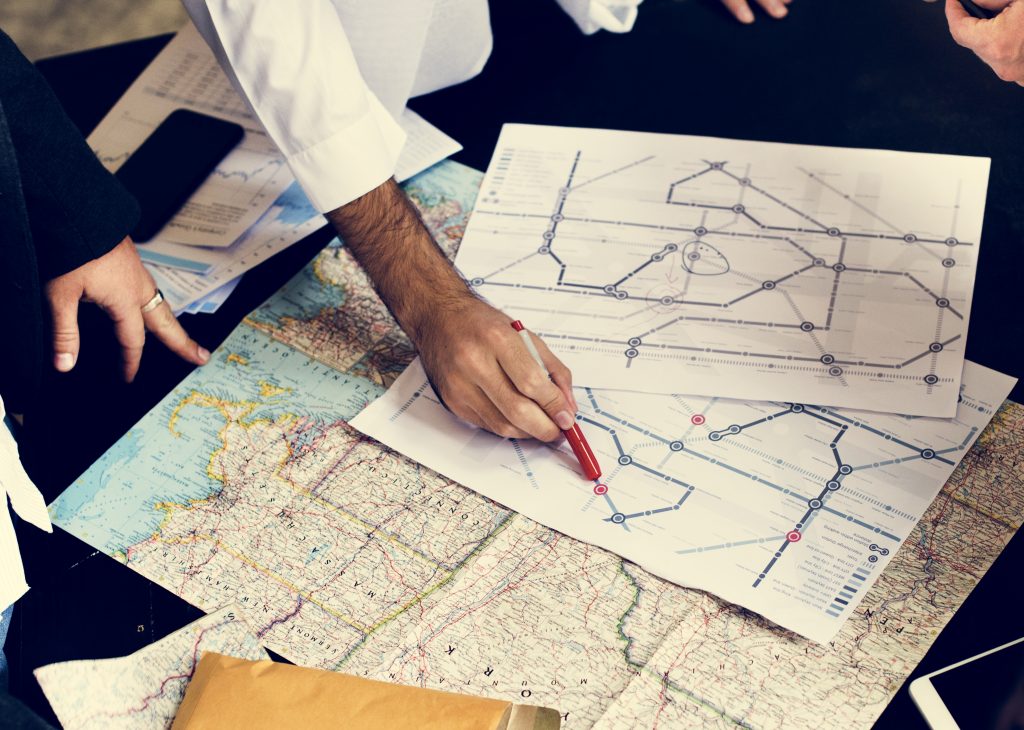
Likely U.S. Targets in a Nuclear Strike
Military Targets
The U.S. maintains strategic missile fields in locations like Kansas, North Dakota, and Montana, among others. These sites contain Minuteman III ICBMs standing by for rapid response. In a hypothetical large-scale nuclear exchange, missile fields would be among the first sites an enemy tries to neutralize, as they represent our immediate retaliatory capability.
Air Force bases that host nuclear bombers or stealth fighters (B-2s, B-52s, F-35s, etc.) will also rank high on an adversary’s list. Many of these bases are in relatively rural areas, but that doesn’t mean surrounding communities are safe from collateral damage. Even a moderate-yield nuke can wreak havoc far beyond the immediate radius if you consider fallout spread.
Major Urban Centers and Industrial Hubs
Nuclear strategists often mention that cities like New York, Washington D.C., Los Angeles, and Chicago remain high on the target list because of the “shock and awe” factor: crippling population centers, government structures, and key financial institutions in one fell swoop. Economic and cultural damage is as much a goal as neutralizing military assets.
On top of that, industrial and energy hubs—places like Houston for oil refineries or Seattle for tech and trade—are potential bullseyes. Severely damaging the U.S. economy is an indirect but potent strategy. Having a plan to evacuate dense urban zones at the first credible warning is tough, but that initial response window can mean the difference between life and death.
Strategic Considerations for an Adversary
While it’s dark to contemplate, it’s important to remember that any adversary plotting a strike would try to maximize chaos while reducing our capacity for retaliation. That means:
- Taking out communication lines: Satellite uplinks, major internet hubs, and strategic command centers.
- Hitting multiple targets simultaneously: Overwhelming local and federal emergency responses.
- Exploiting psychological impact: Large cities hit first to generate panic and undermine morale nationwide.
If you live near these areas or have friends and family in these zones, you’ll want to pay extra attention to planning. Don’t wait for a crisis to figure out a bug-out route or to realize you have no place to go in the countryside.
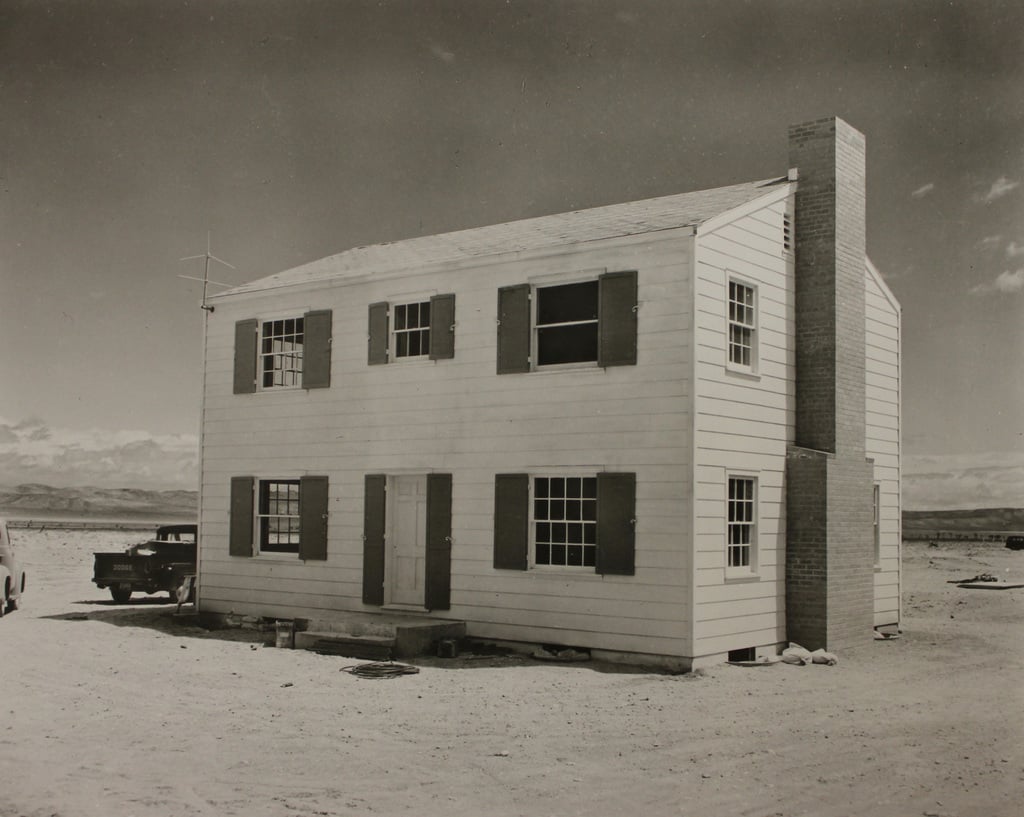
Mapping Blast, Fallout, and Potential Safe Zones
Blast Zones
A nuclear detonation creates three primary destructive forces:
- Thermal Radiation (Heat/Fireball): Capable of inflicting severe burns miles away.
- Shockwave/Blast Wave: Shatters windows, levels buildings, and tosses vehicles around like toys.
- Initial Radiation: Especially potent near ground zero if it’s a surface burst.
Surface detonations also throw vast amounts of soil and debris into the air, creating an even more intense fallout cloud. In contrast, airbursts often produce a larger shockwave area but less local fallout because the bomb explodes high above the ground.
Fallout Zones
Fallout consists of radioactive particles that get carried downwind. Weather conditions, wind speed, and geographic features will dictate where these radioactive materials eventually settle. Areas directly downwind from ground zero will see a stronger accumulation, sometimes stretching hundreds of miles if the yield is significant.
We’ve seen, both from historical tests and accidents, that fallout patterns can be alarmingly unpredictable. Familiarizing yourself with wind patterns in your region—and having multiple evacuation route plans—could be critical. If you live in a region known for heavy winds or storms, be prepared that those same wind currents can transport fallout quicker and farther.

Clearer Zones and Rural Sanctuaries
While no place on Earth is truly “safe” in a large-scale nuclear conflict, some regions rank significantly lower on the target list. Rural areas lacking major military or economic targets are less likely to be hit directly. Mountainous terrain can also serve as a partial buffer against blast waves and disperse fallout patterns differently.
Consider states with fewer big cities and minimal presence of essential infrastructure. Areas in the Mountain West, parts of the Ozarks, and even Appalachia can offer protective benefits. Ideally, look for locales that feature:
- Adequate distance from nuclear power plants and large military bases.
- Reliable access to fresh water or farmland.
- Lower population densities, which reduces competition for resources.
If an event were to occur, anyone residing in such areas would still see some ramifications—supply chain disruptions, refugees fleeing the coasts, or contamination drifting in—but they’d face far fewer hazards than those in the city suburbs or near obvious primary targets.
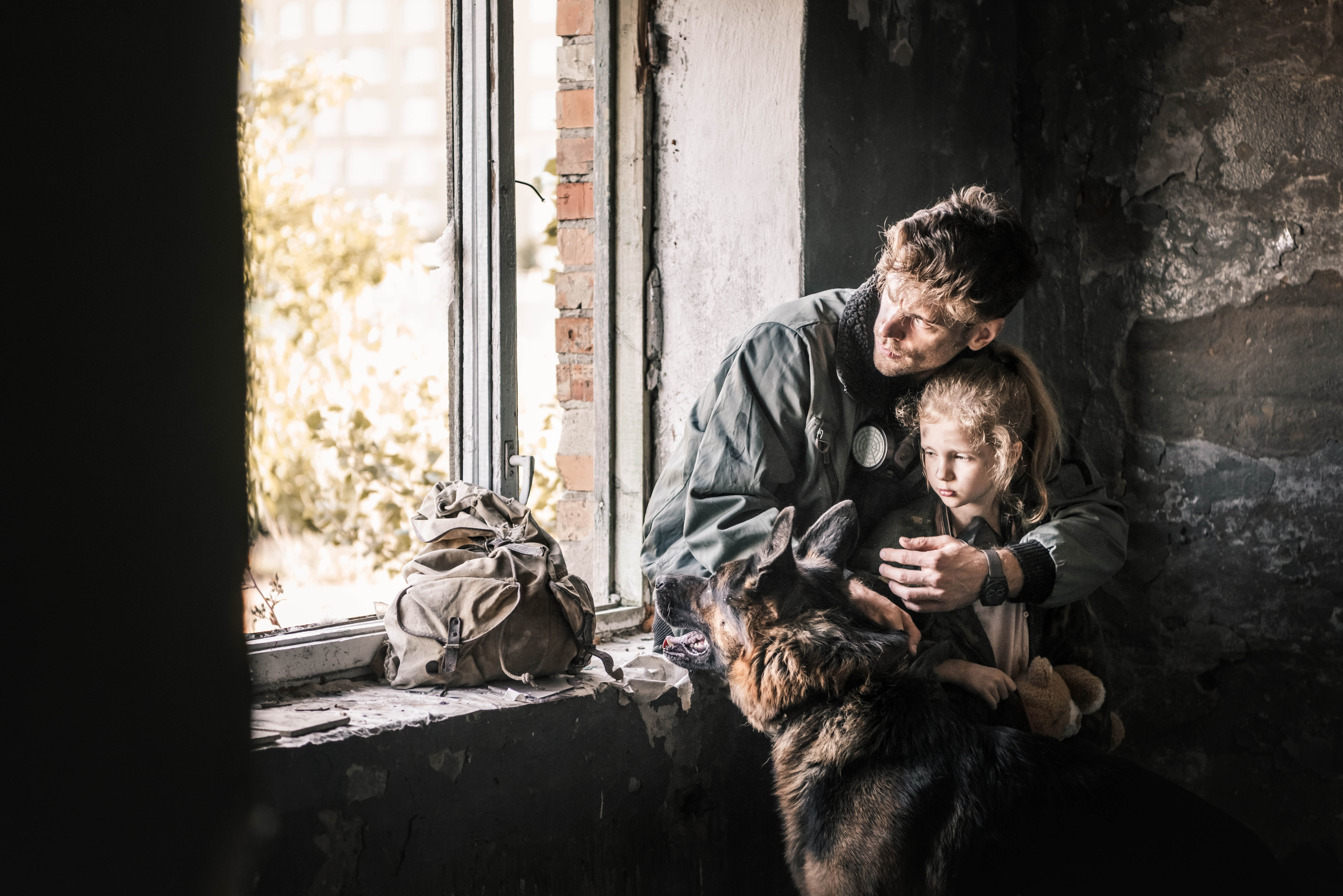
Surviving the Immediate Aftermath
Evacuate vs. Shelter-In-Place
When the bright flash happens (or when an official alert sounds—assuming communications still work), you’ll have to make an immediate choice: Do I leave, or do I stay?
- Evacuate if you’re in a high-target zone, close to the blast, or if you suspect your location won’t provide adequate shelter. If authorities issue a quick evacuation order (and roads remain open), act immediately. During the 1950s, a simulation in Portland managed to evacuate a dense downtown in under five minutes—today’s population makes it trickier, but any head start is crucial.
- Shelter-in-place if you’re far enough away from ground zero, your building has a solid basement or interior room, and you can fortify it against fallout. Seal windows with plastic and duct tape if you expect radioactive dust. Use your emergency supplies—food, water, potassium iodide tablets—to ride out the worst of the fallout.
Remember that the most intense radiation typically falls back to manageable levels within about 48 hours. You’re aiming to reduce exposure during this critical decay period.
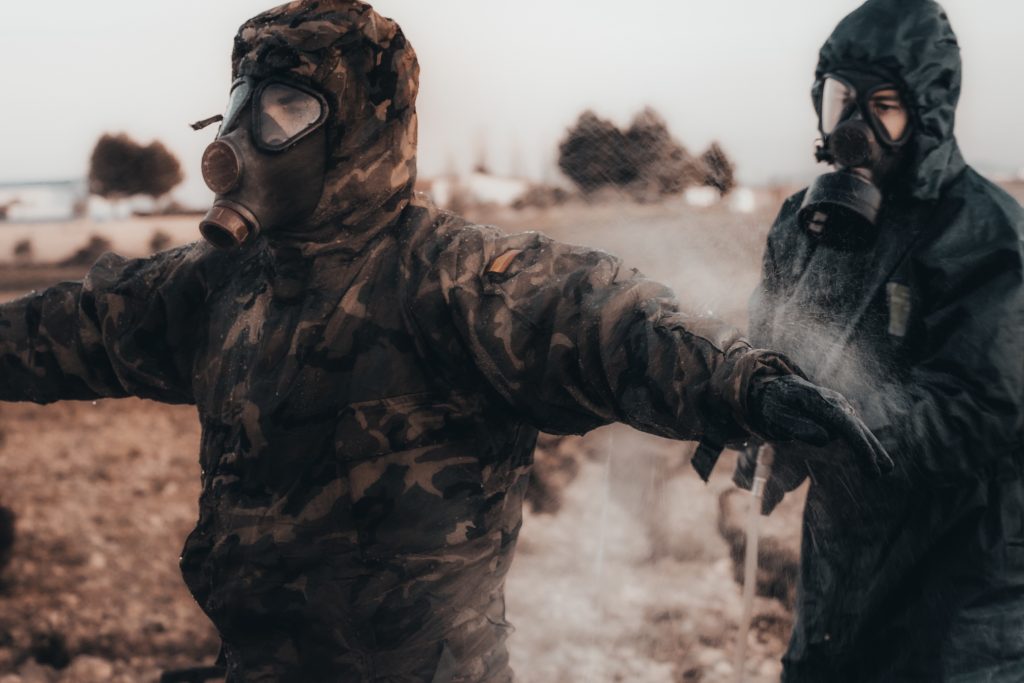
Decontamination and Radiation Mitigation
If you’ve been outside at all post-blast, you risk bringing radioactive dust into your shelter. The simple act of removing your outer clothing can eliminate up to 90% of fallout particles. Shower or wipe your skin thoroughly, including hair, eyebrows, lashes, and even your ears. Avoid using conditioners or lotions that can cause radioactive elements to “stick.”
Potassium iodide pills, taken correctly, can help protect your thyroid from radioactive iodine. However, it’s not a magic shield against all radiation. Keep them on hand if you can source them legally and store them properly.
Communication During Chaos
A nuclear strike—especially near or over a populated area—often comes with an EMP side effect if the burst is significant. Though surface bursts produce a smaller EMP area than high-altitude explosions, you should still prepare for outages. A hand-crank or battery-powered radio is essential to get local emergency instructions. Without power or internet, you won’t have smartphones or laptops to rely on.
Keep a few extra sets of rechargeable batteries or a small solar charger in a Faraday bag or shielded container (if possible) to protect them from electrical surges. Even if you never face an EMP event, power outages and destroyed cell towers can make these old-school methods of communication invaluable.

Long-Term Survival Strategies
Once the dust settles—literally and figuratively—you’ll need a plan for the weeks and months ahead. If nuclear war or a massive meltdown has just upended life as we know it, survival becomes less about quick reaction and more about staying alive through resource scarcity, social upheaval, and environmental hazards.
Relocation and Resettlement
Historically, many nuclear preparedness experts point to rural relocation as a primary strategy, and for good reason: fewer bombs will fall in the middle of nowhere, and it’s far simpler to isolate yourself from the social chaos that inevitably hits big population centers when food and water run scarce.
- Leave the city: If your city is damaged or under martial law, or if supplies have run dry, your next move could be heading to farmland or small towns. Crowding in a ravaged city means hunger, disease, and desperate competition for limited resources.
- Pre-Scouting: Ideally, you should already have a general region or property in mind—somewhere with a water source, decent soil, and a workable climate. Networking with like-minded friends or family members in these areas is a step toward forming a mutual aid group.
- Defense and Community: Rural folks can be wary of outsiders, especially if resources are in question. Make sure you arrive with a plan, skills to contribute, or supplies to share. Community building can help deter looters and keep neighbors supportive rather than adversarial.
Resource Management Post-Fallout
Water is your immediate concern. Drinking contaminated water is as bad as standing outside in fallout. Distillation or reverse osmosis systems can help remove radioactive particles; boiling alone is not enough to remove certain contaminants. If you’re retrieving water from lakes, rivers, or wells that might be compromised, remain aware that radioactivity can persist, especially if rainfall has brought fallout into the watershed.
Food security might initially rely on scavenging canned and packaged goods from local stores—assuming they haven’t been picked clean. For the long haul, seeds and the ability to garden become invaluable. Many rural families already have some homesteading skills (raising chickens, goats, or rabbits). If you can, align yourself with these communities. Show them you can do carpentry, mechanic work, or medical care. Bartering skills or supplies will be the new economy.
Building Resilience and Reducing Dependency
If you’ve planned ahead, you’ll have at least a few months’ worth of non-perishables, plus the tools (solar panels, hand-crank generators, etc.) to maintain some semblance of normality. The objective is to reduce dependency on supply chains that may no longer exist. As time goes on, your group or household will need to produce more and more of its own resources—food, water, and security—because outside help may not return to your area soon, if at all.
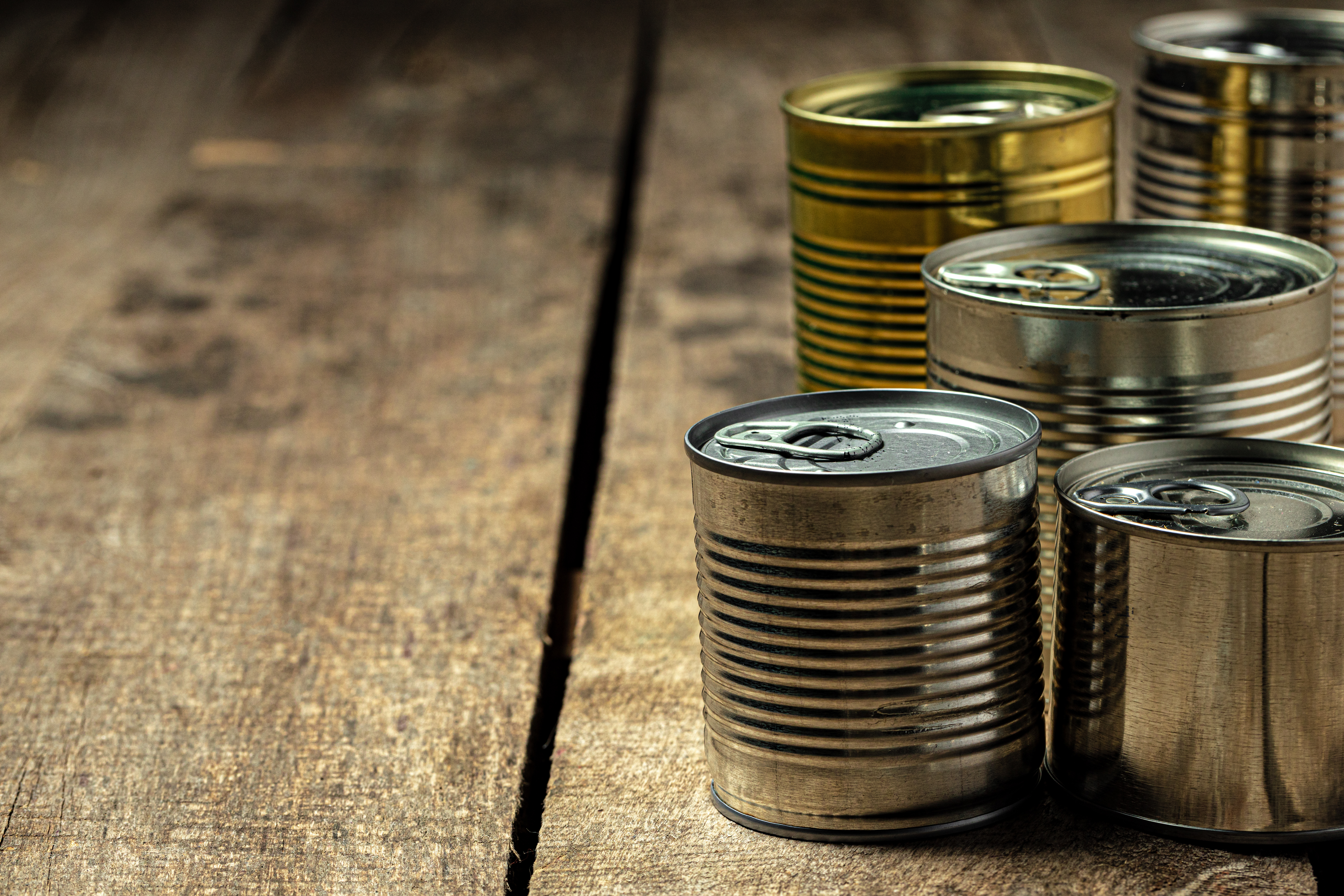
Tools and Resources for More Detailed Planning
Fallout modeling: If internet access persists or you manage to find offline versions of tools, nuclear fallout calculators (there are a few publicly available) can help estimate which way radioactive clouds might travel based on yield and wind direction. They’re imperfect but can guide your evacuation routes.
Local emergency management: While federal agencies might be slow to respond in a large-scale crisis, local and state resources can be invaluable—like county radio bulletins or community alert systems, if they’re still operational. Keep an eye out for county-level or statewide guidelines that may help direct you to relief efforts or safer areas.
Previous articles: If you’ve read my prior pieces on EMP threats and nuclear meltdowns, you already know how vulnerable our grid can be, and how meltdown scenarios can sometimes be more probable than direct attacks. Both lessons overlap here: we must handle the combination of nuclear fallout, possible radiation from compromised power plants, and the social chaos that unfolds when the lights don’t come back on.
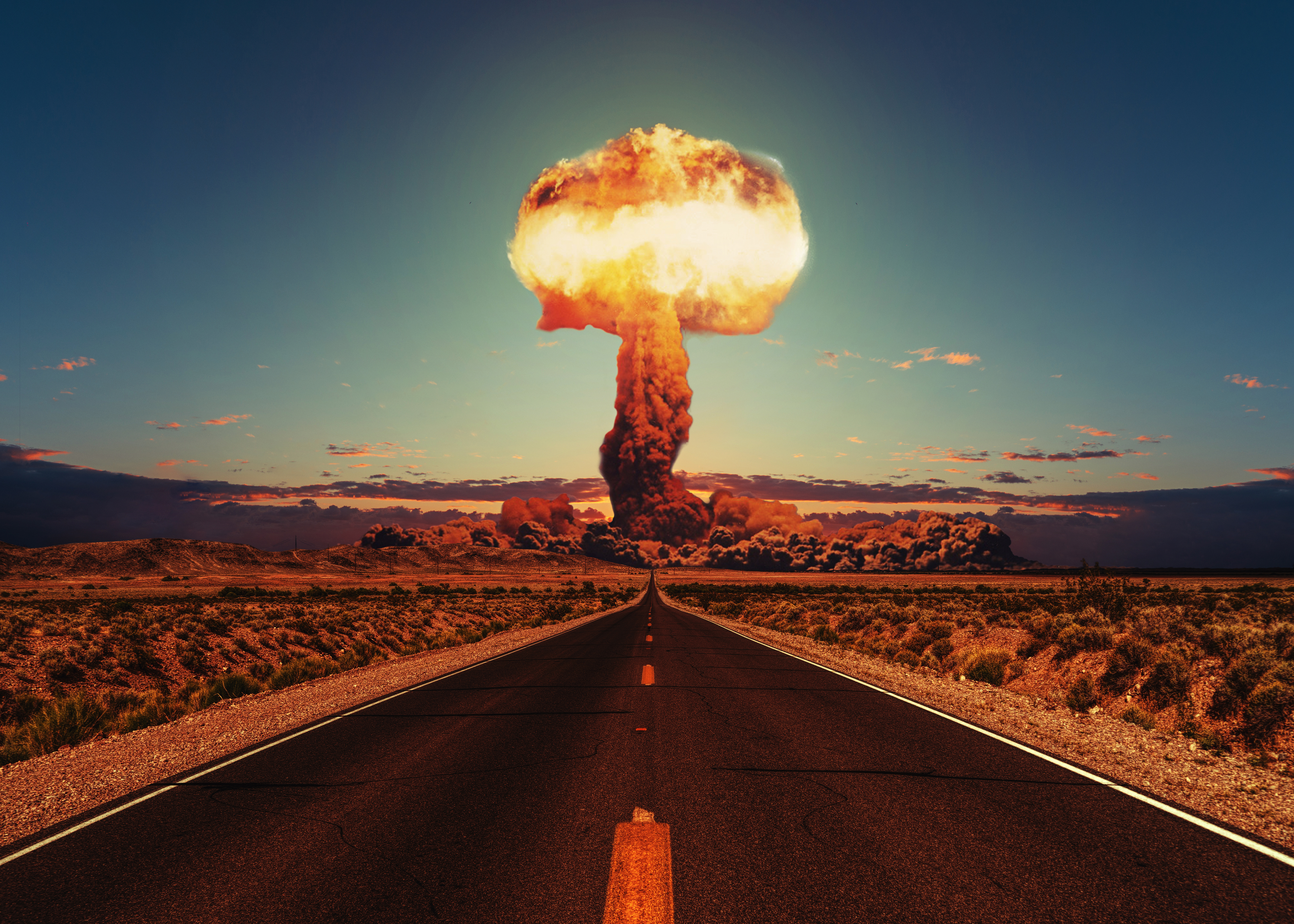
Conclusion
It’s a grim topic, but understanding how a nuclear strike might unfold and recognizing where the greatest dangers lie can significantly boost your odds of survival. The critical takeaway is that while major population centers, military bases, and industrial hubs are prime targets, fallout and chaos can extend far beyond ground zero. Even a rural region may face secondary effects, though the risk of direct impact is substantially reduced.
Preparing for a possible relocation is one of the smartest, most proactive steps you can take. If you can’t move permanently, consider temporary arrangements or at least a contingency plan with friends or relatives in quieter parts of the country. A well-stocked rural retreat equipped with water filtration, a sustainable food source, and robust community ties can be a literal lifesaver.
Keep your bug-out bag or “go kit” ready, maintain a healthy store of supplies, and consider your fallback methods of communication. In those tense minutes or hours following a nuclear detonation, you won’t have time to debate your options. The best approach is to plan now, train yourself to act decisively, and keep your eyes open for signs of escalation in global affairs.
Yes, the likelihood of a full-scale nuclear exchange remains hotly debated, but all it takes is a single warhead, meltdown, or sabotage event to shatter the comfortable routine we take for granted. Don’t rely on last-minute heroics. Use your head, do your homework, and you’ll be in a far better position to ride out whatever comes next.
Stay safe, stay informed, and keep your faith in your own ability to prepare. If you take the lessons to heart and outline a course of action now, you’ll find that the looming shadows of nuclear threats become less paralyzing. Proactivity over panic—that’s the name of the game.
